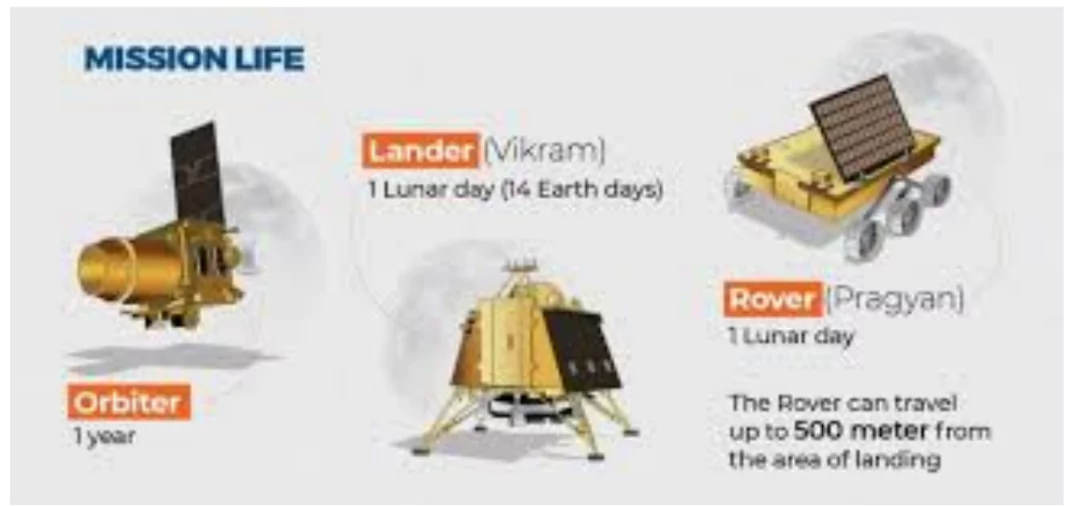![]() 24 Aug 2024
24 Aug 2024
The Pragyan rover (part of Chandrayaan-3 mission) has found crucial evidence to further strengthen the claims of moon’s surface being composed of magma during its formation 4.5 billion years ago

Chandrayaan-3
|
|---|
<div class="new-fform">
</div>